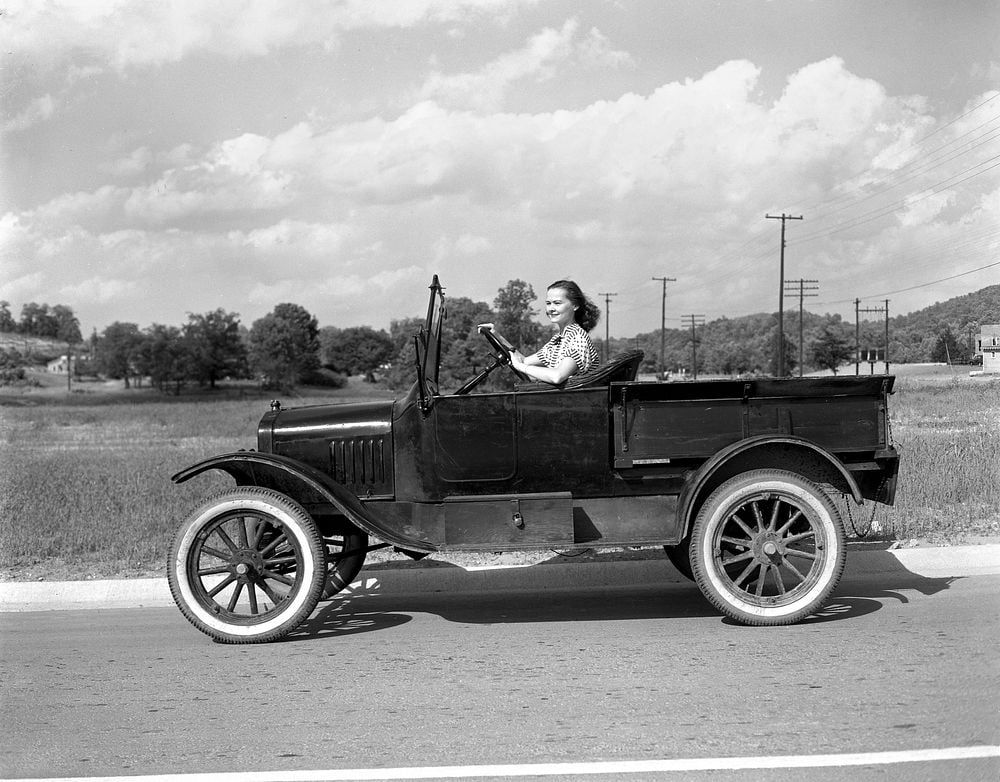
There’s an undeniable buzz that sweeps across the United States, and indeed, much of North America, as early September rolls around each year. It’s a feeling of anticipation, a communal excitement that signals the return of the National Football League, an institution that stands tall as the pinnacle of professional American football worldwide. Composed of 32 formidable teams, the NFL orchestrates a season of unmatched drama, athleticism, and storytelling, divided evenly between its two powerhouse conferences, the American Football Conference (AFC) and the National Football Conference (NFC).
From its bustling headquarters nestled in Midtown Manhattan, the NFL presides over a sporting empire that transcends mere competition. It’s a cultural touchstone, a league that has not only captivated millions but also redefined what it means to be a professional sports entity. With an average attendance that dwarfs any other professional sports league globally, pulling in an incredible 67,591 fans per game, the NFL’s drawing power is simply in a league of its own, cementing its status as the most popular sports league in the United States.
To truly appreciate the NFL’s monumental presence today, one must journey back to its humble beginnings in Canton, Ohio. It was on September 17, 1920, that the league, then known as the American Professional Football Association (APFA), was formally founded. This initial gathering, a visionary assembly of representatives from teams like the Akron Pros, Canton Bulldogs, Cleveland Indians, and Dayton Triangles, sought to elevate the standard of professional football and foster cooperation among rival clubs. Their goal was ambitious: to eliminate player bidding wars and standardize schedules.
Just two years later, for the 1922 season, the APFA proudly rebranded itself as the National Football League, a name that would become synonymous with gridiron excellence. The inaugural 1920 season, though without official standings, saw the Akron Pros crowned champions, boasting an impressive 8–0–3 record. It was a foundational moment, setting the stage for a sport that would forever embed itself in the fabric of American life.

Early championship determinations were less formalized, based purely on end-of-season standings. However, a pivotal moment in 1932 sparked a significant change. When the Chicago Bears and Portsmouth Spartans found themselves tied for first place, a de facto championship game was hastily arranged. Forced indoors to Chicago Stadium due to severe weather, the Bears secured a 9–0 victory under altered rules necessitated by the smaller field.
This thrilling, albeit improvised, championship clash ignited fan interest, leading the NFL to officially implement a playoff system in 1933. The league strategically split into two divisions, with the champions from each vying for the coveted NFL Championship Game title, a format that held strong until 1966. This marked a crucial evolution, laying the groundwork for the structured postseason drama we cherish today.
While the league steadily grew, it wasn’t without its challenges. The period from 1934 to 1946 notably saw the absence of African American players, a de facto ban that was finally rescinded in 1946, aligning with similar progress in other major sports. The NFL also navigated a landscape dotted with rival leagues throughout the 1930s and 1940s, including multiple iterations of the American Football League and the All-America Football Conference (AAFC).

Remarkably, some of today’s iconic franchises trace their origins to these rival circuits. The Los Angeles Rams emerged from a 1936 version of the American Football League, while the Cleveland Browns and San Francisco 49ers famously joined the NFL from the AAFC. By the 1950s, the NFL had largely achieved an effective monopoly on professional football in the United States, its only significant North American competition coming from the Canadian Football League (CFL), which carved out its own distinct niche.
Then came 1960, and a new challenge emerged with the fourth American Football League (AFL). This upstart league quickly gained traction, securing lucrative television contracts and engaging in fierce bidding wars for talent, directly challenging the NFL’s established dominance. The rivalry was intense, yet ultimately fruitful, leading to a historic announcement on June 8, 1966: a merger between the NFL and AFL, slated for full effect by 1970.
During the transitional period before the complete merger, a common draft was instituted, and a new championship game was born – the Super Bowl. First held in 1967, this grand spectacle was designed to determine a unified champion between the best teams of the two leagues. The NFL claimed victories in Super Bowl I and Super Bowl II, while the AFL triumphed in Super Bowl III and Super Bowl IV, setting the stage for a truly unified league.
Read more about: Culture and Controversy Collide as Super Bowl LIX Features Black National Anthem and Political Halftime Show

Upon the merger’s completion in 1970, the league underwent a significant reorganization. It was divided into two powerful conferences: the National Football Conference (NFC), largely comprising the pre-merger NFL teams, and the American Football Conference (AFC), which integrated all the former AFL teams along with three pre-merger NFL clubs. This structural change solidified the modern NFL, paving the way for unprecedented growth and popularity.
Much of the league’s incredible ascent to becoming the most popular sports league in North America can be attributed to the visionary leadership of former commissioner Pete Rozelle. Serving from 1960 to 1989, Rozelle oversaw an explosion in the NFL’s reach and influence. Annual attendance soared from 3 million at the start of his tenure to an astounding 17 million by its conclusion, a testament to his transformative impact.
Rozelle’s era also saw the creation of NFL Properties in 1963, the league’s licensing arm that now generates billions annually. His commitment extended beyond commercial success, as he also championed the establishment of NFL Charities and a groundbreaking national partnership with United Way. These initiatives showcased a league committed not just to sports entertainment but also to community engagement and social responsibility.
Paul Tagliabue, who succeeded Rozelle in 1989, continued this trajectory of growth during his 17-year tenure, which concluded in 2006. His time at the helm was marked by substantial increases in television contracts and the strategic addition of four expansion teams, further broadening the NFL’s footprint. Moreover, Tagliabue’s leadership brought about important league initiatives aimed at increasing minority representation in league and team management roles, reflecting a progressive vision for the sport.

The current Commissioner, Roger Goodell, elected in 2006, has steadfastly prioritized player safety and the long-term well-being of the game. His tenure has seen a concentrated effort to reduce illegal hits and minimize concussions, largely through the implementation of fines and player suspensions for rule infractions. Goodell’s commitment extends to addressing historical inequities, as evidenced by the league’s decision to end “race-norming” in its concussion claim settlements.
Most recently, on May 21, 2024, the NFL unveiled its innovative NFL Source initiative, a testament to its ongoing commitment to diversity and inclusion. This groundbreaking program aims to significantly increase the engagement of minority- and women-owned businesses in working with the league throughout the year. It will be mandatory for organizing committees of major events like the Super Bowl and the NFL Draft, and optional for other team-level contracts, showcasing a deep dedication to expanding opportunity.
In a strategic partnership with the U.S. Black Chambers, Inc., the NFL is actively assisting local businesses across the nation in obtaining the necessary certifications to collaborate with the league. This initiative is a powerful step towards increasing partnerships with certified and underrepresented businesses that are at least 51% owned and operated or led by a veteran, woman, minority, person with disabilities, or LGBTQ+ individual, truly embodying the spirit of inclusivity.
The NFL’s organizational structure is a fascinating blend of corporate governance and collaborative ownership. At its core, the league identifies as a trade association, financed and composed by its 32 member teams. Historically, until 2015, the league office operated as an unincorporated nonprofit 501(c)(6) association. Commissioner Goodell, however, proactively relinquished this tax-exempt status, deeming it a “distraction” and clarifying that all revenue generated by the league ultimately flows to and is taxed at the individual club level.
Read more about: Mahomes Reveals Coach Reid’s Halftime Mandate: Skip Rihanna or Hit the Bench!

While the league office might now incur approximately $10 million in income taxes, this change eliminates the requirement to publicly disclose executive salaries, streamlining its operational transparency in certain areas. It’s a testament to the league’s adaptability and commitment to maintaining focus on its core mission. Each individual team, with the unique exception of the non-profit Green Bay Packers, operates as a for-profit entity and is subject to taxation.
The league is governed by three defined officers: the commissioner, secretary, and treasurer. Additionally, each conference has an honorary president, whose duties are largely ceremonial. The commissioner, elected by a supermajority vote of the league’s members, wields extensive authority, serving as the “principal executive officer” of the NFL. This includes overseeing league employees, negotiating lucrative television contracts, and enforcing disciplinary actions against individuals or clubs for conduct deemed “detrimental to the welfare of the League or professional football.”
The commissioner’s powers are robust, ranging from issuing fines up to $500,000 and suspending individuals to canceling contracts and even awarding or stripping teams of draft picks. In the most severe cases of misconduct, the commissioner can recommend actions as extreme as the “cancellation or forfeiture” of a club’s franchise, or even impose a lifetime ban from the league for those involved in betting or fixing games. This level of authority ensures the integrity and competitive balance of the sport.
Read more about: The Software Guru Behind a Viral Retirement Calculator Reveals Her ‘Boring’ Secrets to Financial Independence

Financially, the NFL operates on a unique and highly successful revenue model, drawing from three primary sources: NFL Ventures (merchandising), NFL Enterprises (encompassing NFL Network and NFL Sunday Ticket), and its monumental television contracts. A distinctive feature of the NFL’s financial blueprint is its commitment to equal revenue distribution among all teams, regardless of their on-field performance. This strategy aims to ensure competitive balance and stability across the entire league.
As of February 2019, each team receives an astounding $255 million annually from the league’s television contracts alone, a remarkable 150% increase from the $99.9 million received in 2010. This substantial revenue sharing underpins the league’s widespread financial health. While most NFL teams’ financial statements remain private, a glimpse into the Kansas City Chiefs’ tax returns from 2008-2010 revealed that two-thirds of their revenue during that period originated from the league’s shared income streams.
This unique revenue model, where profits are redistributed across all teams, ensures that no single franchise can dominate simply through excessive earnings. While some economists, like Roger Noll, have identified this revenue sharing as the league’s “most important structural weakness” due to a perceived lack of disincentive for poor performance, the overarching success of the NFL speaks volumes about its effectiveness. It promotes parity and keeps the competition fierce.
However, the league has also faced significant legal challenges related to its business practices. In 2015, a class-action lawsuit was filed by NFL Sunday Ticket subscribers, alleging that the NFL, its teams, broadcast partners, and DirecTV conspired to violate antitrust law by granting DirecTV exclusive rights to sell the Sunday Ticket product. The plaintiffs argued that this practice restricted competition and forced consumers to pay “super competitive prices” for out-of-market games.
Read more about: From UFC Star to Viral Sensation: Paige VanZant’s Hottest Pool Photoshoots and Explosive Career Reinvention

On June 27, 2024, a jury in Los Angeles delivered a significant verdict, finding that the NFL had indeed violated antitrust law in its pricing of the Sunday Ticket package, ordering a penalty exceeding $4.7 billion. With federal antitrust laws allowing for triple damages, the potential liability for the NFL could reach an astonishing $14.39 billion. The league has stated its intention to contest the verdict, first by asking the judge to set it aside, and then by appealing if necessary, underscoring the ongoing legal complexities of managing such a massive enterprise.
At the heart of the NFL’s annual spectacle is its meticulously crafted season format, a thrilling progression from the evaluation-focused preseason to the high-stakes playoffs. The journey begins with a three-week preseason, traditionally kicked off by the Pro Football Hall of Fame Game in Canton, Ohio. These exhibition matches are crucial for coaches to evaluate talent and for players to showcase their skills, though they do not count towards regular-season standings.
While some fans criticize the cost and injury risk associated with preseason games, and some players and coaches express similar reservations, others firmly believe they are a necessary component of team preparation and roster finalization. The league mandates three preseason games for most teams, with specific home game rotations between AFC and NFC teams to ensure fairness. Teams participating in the Hall of Fame game or an American Bowl play an extra preseason contest.
Following the preseason, the league plunges into its 18-week regular season, encompassing 272 games. Since 2021, the season officially kicks off the week after Labor Day in early September and culminates in early January, a calendar perfectly designed for maximum engagement. The defending league champion traditionally hosts the season’s opening Thursday night game, a high-profile event that immediately signals the return of football.
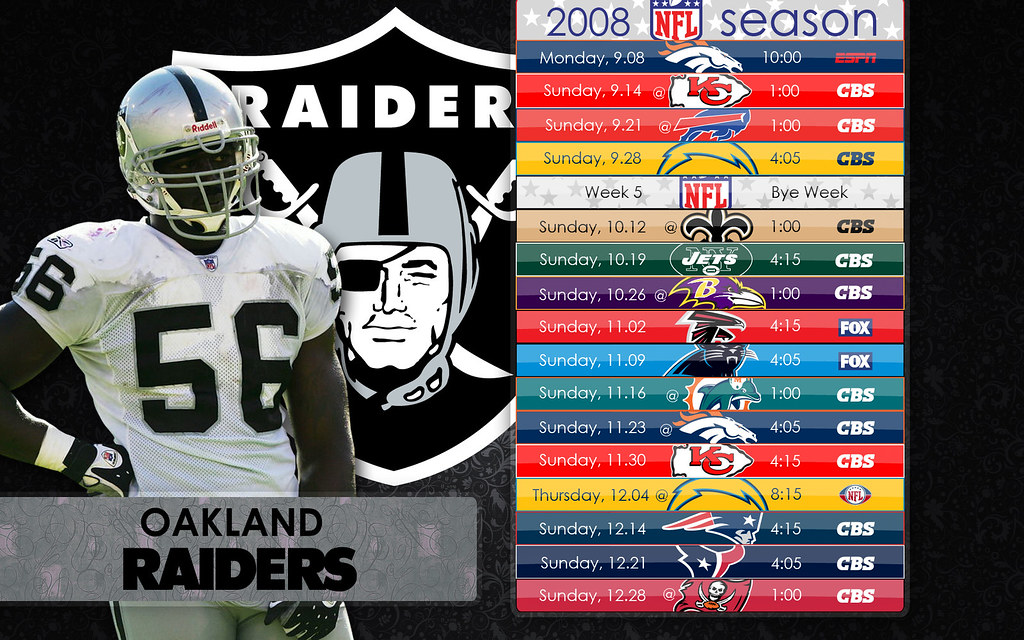
Most NFL games are played on Sundays, forming the cherished centerpiece of the American weekend. Monday night games are a weekly fixture, and Thursday night contests have become increasingly common, adding to the prime-time football experience. The league carefully avoids scheduling games on Fridays and Saturdays until late in the regular season, adhering to federal law that prohibits professional football from competing directly with college or high school games.
This intricate scheduling process is a marvel of logistical planning. While a team’s home and away opponents for the upcoming season are determined by the end of the previous year’s regular season through a predetermined formula, the exact dates and times are set much later. This delay allows the league to account for a myriad of factors, including the Major League Baseball postseason and various local events that could create scheduling conflicts, ensuring optimal viewership and operational efficiency.
Indeed, in the 2010 season alone, over 500,000 potential schedules were generated by computers, with 5,000 deemed “playable” and subsequently reviewed by the NFL’s dedicated scheduling team. This meticulous process ensures that each of the 32 teams plays 17 regular-season games and enjoys one bye week, maintaining a balanced and competitive environment across the league. The scheduling formula ensures that teams play their division rivals twice, face entire divisions from both conferences on a rotating cycle, and have intraconference and interconference games based on previous year’s standings, creating dynamic matchups.
Once the regular season concludes, the intensity amplifies as 14 teams embark on the single-elimination NFL Playoffs. Seven teams from each conference—comprising the four division winners and three wild card teams (the next best overall records)—earn a coveted berth. These teams are meticulously seeded based on their overall record and tiebreakers, with division champions always holding a higher seed than wild card entries.
Read more about: Navigating College Costs: A Parent’s Guide to Understanding and Managing Student Debt
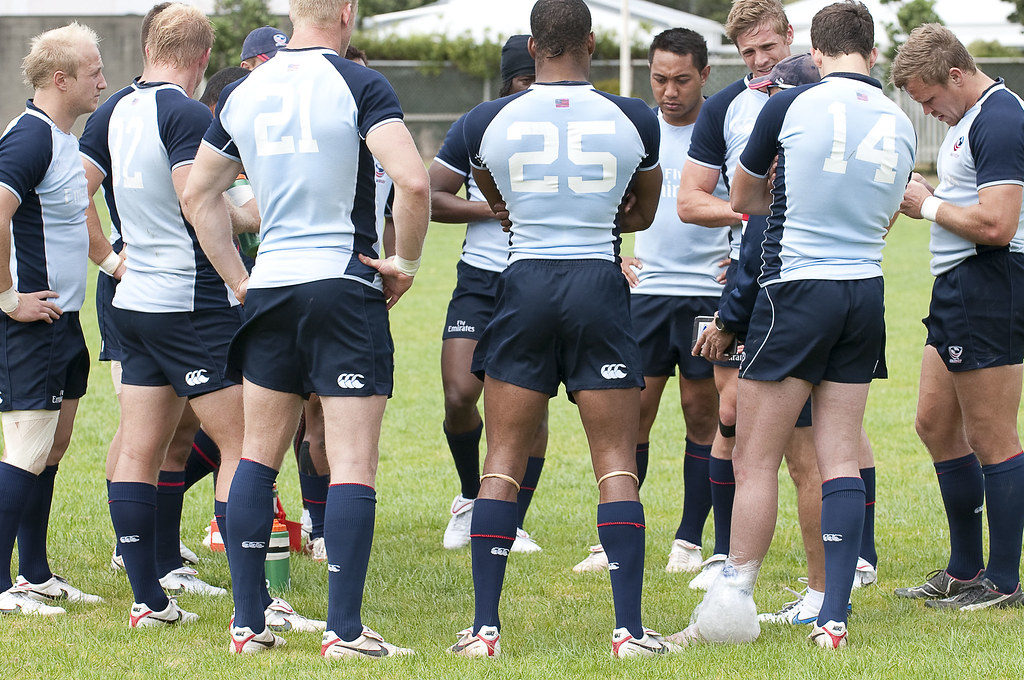
Strategic byes are awarded to the top-seeded team in each conference, granting them a crucial week of rest and preparation. The remaining six teams from each conference (seeded 2-7) jump into the Wild Card round, engaging in high-stakes matchups. Winners advance to the Divisional Round, where the competition intensifies further, culminating in the Conference Championships, where only the strongest emerge victorious.
These conference champions then face off in the ultimate gridiron spectacle: the Super Bowl. This iconic championship game not only determines the league’s annual victor but also consistently ranks among the most-watched sporting events globally, with individual Super Bowls holding multiple records for the most-watched television programs in American history. It is truly a global phenomenon, embodying the pinnacle of American football.
Beyond the championship, the NFL hosts the Pro Bowl, its annual all-star game. Since 2009, this celebratory event has been held the week before the Super Bowl to maximize television ratings, a strategic move that exempts players from the Super Bowl-bound teams from participating. While not as fiercely competitive as regular-season games, the Pro Bowl provides an opportunity for the league’s biggest stars to showcase their talents in a more relaxed environment, with a primary focus on avoiding injuries.
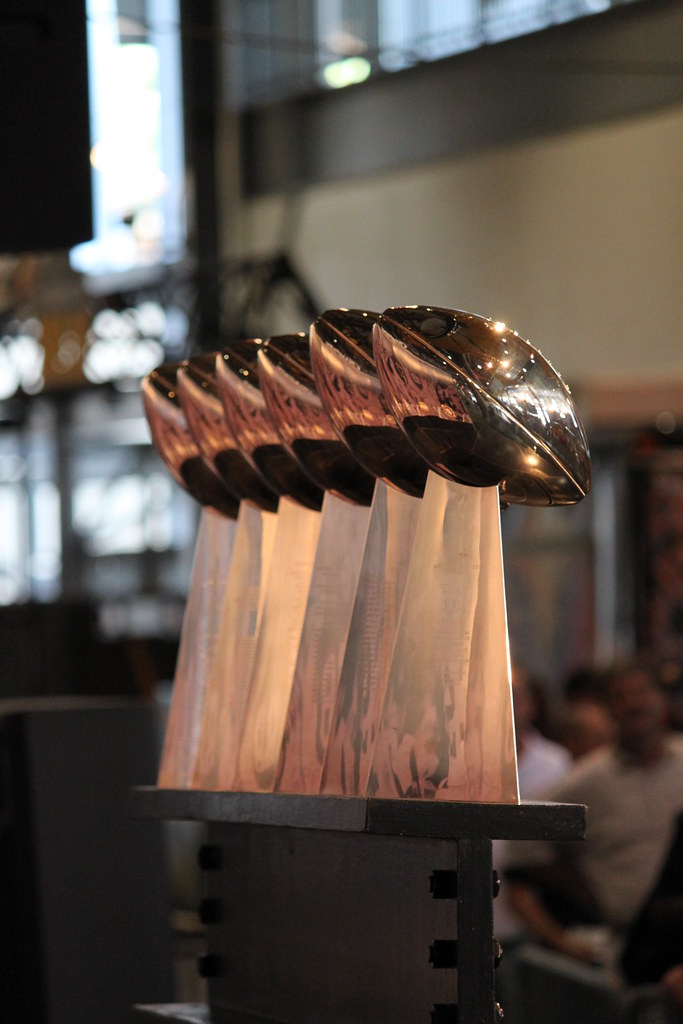
The NFL’s rich history is also etched in the trophies that have celebrated its champions. The very first award, the Brunswick-Balke-Collender Cup, donated in 1920, was a traveling trophy intended to become permanent after three wins, but its current whereabouts remain a mystery. From 1934 to 1967, the Ed Thorp Memorial Trophy honored the league’s champions, with smaller replicas issued for permanent possession by winning teams. Though once thought lost, the main trophy is believed to be held by the Green Bay Packers Hall of Fame, a fitting resting place for a piece of NFL history.
The current symbol of gridiron supremacy is the magnificent Vince Lombardi Trophy, renamed in 1970 to honor the legendary Green Bay Packers coach who led his team to victories in the first two Super Bowls. Unlike its predecessors, a brand-new Vince Lombardi Trophy, crafted from sterling silver by Tiffany & Co. and valued between $25,000 and $300,000, is produced each year for the winning team, allowing them to maintain permanent possession of this ultimate prize.
Today’s NFL is a vibrant tapestry of 32 franchises, each a pillar in its respective community. These teams are strategically divided into two conferences, each with 16 teams further organized into four divisions of four. On any given game day, a team can activate up to 48 players from its maximum 55-player roster, supported by a 16-player practice squad, showcasing the depth and complexity required for modern football.
Read more about: Innovation Nation: America’s Enduring Drive for Pioneering Technology and Unrivaled Global Influence
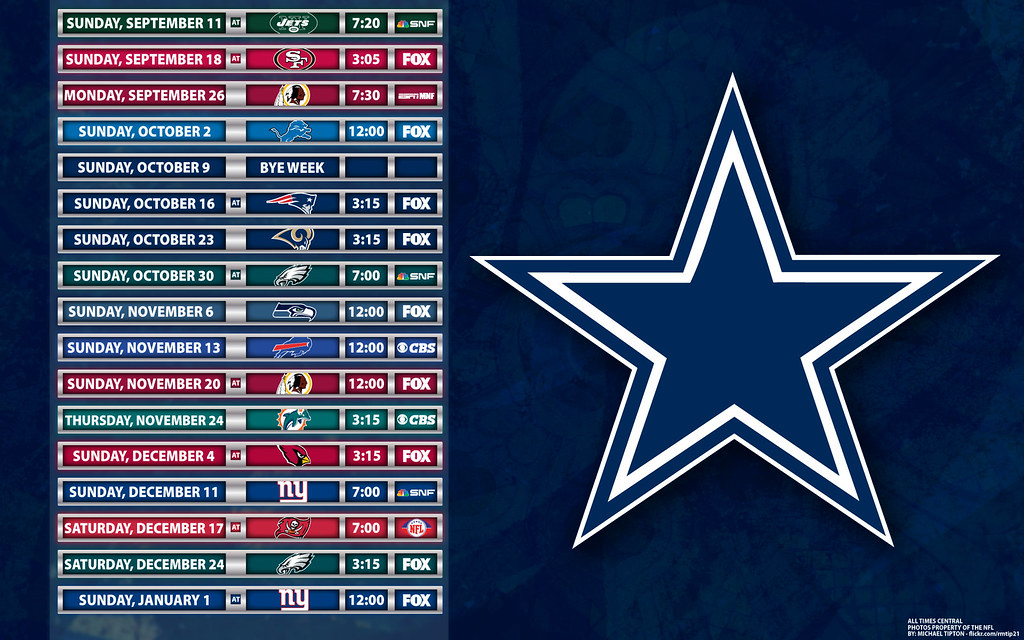
Each NFL club is granted a franchise, which defines its exclusive “Home Territory” and “Home Marketing Area.” This grants them the sole right to host professional football games and conduct promotional activities within specific geographic zones. While teams in close proximity, such as those sharing a city or state, share these rights, this franchise system ensures a clear operational framework for all members of the league.
Financially, the NFL’s teams are astonishingly valuable. According to Forbes, the Dallas Cowboys, with an approximate valuation of $8 billion, stand as not only the most valuable NFL franchise but also the most valuable sports team in the entire world. In fact, an incredible 26 of the 32 NFL teams rank among the top 50 most valuable sports teams globally, underscoring the league’s immense economic power.
The league’s owners are also titans of industry and finance, with 16 of them appearing on the prestigious Forbes 400 list – more than any other sports league or organization. A recent August 2024 Forbes analysis revealed that the average NFL franchise is now worth a staggering $5.7 billion, with every single team valued at a minimum of $4 billion. These figures paint a clear picture of the NFL as an unparalleled financial and cultural juggernaut, a true empire forged on the gridiron.
Read more about: Florida: An In-Depth Look at the Sunshine State’s Enduring History, Diverse Geography, and Distinctive Environment
From its foundational meetings in Canton, Ohio, to its present-day status as a global sports phenomenon, the NFL’s journey is one of relentless innovation, strategic expansion, and an unwavering commitment to excellence. It’s a league that has continually adapted, from pioneering playoff formats and navigating rivalries to embracing cutting-edge technology and championing social initiatives. The enduring passion of its fans, the electrifying athleticism of its players, and the compelling narratives forged on the field converge to create a spectacle that transcends sport itself.
Read more about: Innovation Nation: America’s Enduring Drive for Pioneering Technology and Unrivaled Global Influence
The NFL isn’t just about touchdowns and tackles; it’s about community, competition, and the collective experience of millions. It’s a league that embodies the very spirit of American enterprise and entertainment, constantly evolving while staying true to the fundamental excitement of the game. As each season unfolds, the NFL continues to write new chapters in its storied history, promising more thrilling moments, more unforgettable plays, and an even deeper connection with the hearts of fans across the globe. The future of the gridiron empire shines brighter than ever, ready for its next century of dominance.


